The 5-Minute Stretch Routine That Can Improve Your Posture
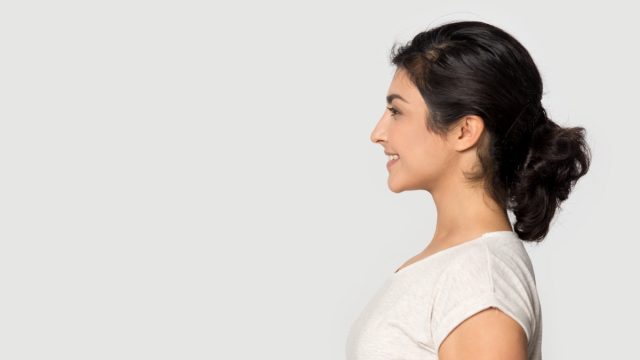
Movement can cure just about anything. Engaging your muscles and putting some tension on your body is essential for leading a healthy lifestyle. We all have certain activities that we enjoy more than others— and whether you like weight-training, playing pickleball or just going for a walk, movement in any form can pay dividends on your quality of life as you age.
There are a few essential features to any kind of workout: intensity, frequency, and form. Each of these three elements requires you to be disciplined and self-aware in how your incorporate movement into your day. My recommendation for anyone, no matter their fitness level or goals, is to stretch regularly and invest in good posture. Stretching even for just a few minutes a day, can significantly improve your posture and be a part of a routine that makes you look and feel better.
The Importance of Good Posture

Your posture affects your balance and nervous system, so establishing good posture early in life can impact your health down the road. As you age, maintaining a wide range of motion can keep you physically able to do activities you enjoy. Having the proper alignment can help ward off spinal issues and muscle atrophy as well. If you have ever met someone in their 70's who looks like they are 50, you've met someone who makes stretching and movement a priority.
Beyond the physical benefits of stretching, improving your posture can boost your confidence. Your posture affects your body language which can affect how other people see you. While you should make health decisions for yourself and your own goals, good posture is generally seen as a sign of self-confidence which comes across as approachable and friendly to others. Feeling good about yourself can boost your energy levels which can in turn, affect your enthusiasm to meet up with friends, spend time with you family, and try new things. Read on to discover the ultimate 5-minute stretching routine for good posture.
Toe Touch
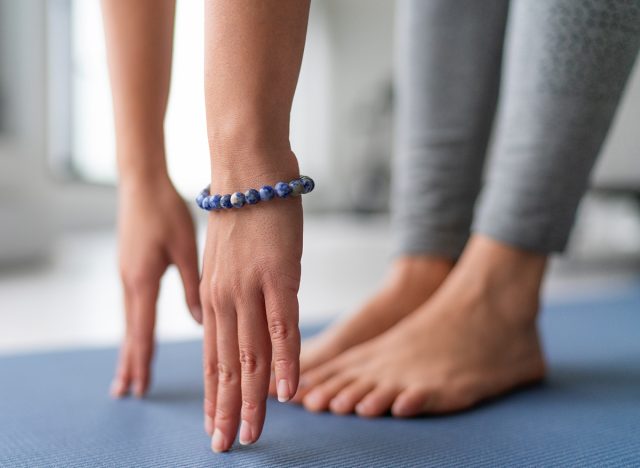
Start off your routine with a basic, low intensity stretch. Begin standing up and slowly bend to touch your toes. Keep a slight bend at the knees, releasing tension in the muscles in your legs and back. Soften your hips and allow your spine to lengthen. Hold this stretch for 30 seconds to a minute. Repeat twice to warm up your whole body.
Cat Cow Stretch on Your Knees
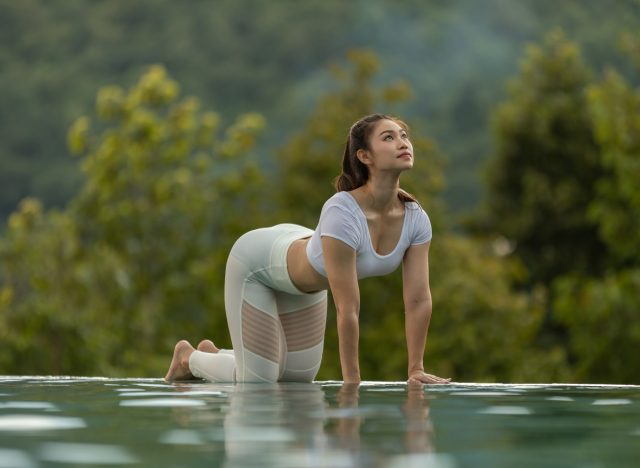
A common stretch in many yoga practices, the cat cow stretch releases tension in your back and abdominal region all the while drawing attention to your breath. While on all fours, align your shoulders with your hands and your hips to be over your knees. Inhale, look up, and allow your back to arch. Then exhale, tuck your chin to your chest, and round your back. Repeat this several times. These movements will release tension in your shoulders and neck. By activating your tailbone, the cat cow stretch will help with spinal mobility and improve blood circulation.
Standing Cat/Cow Stretch
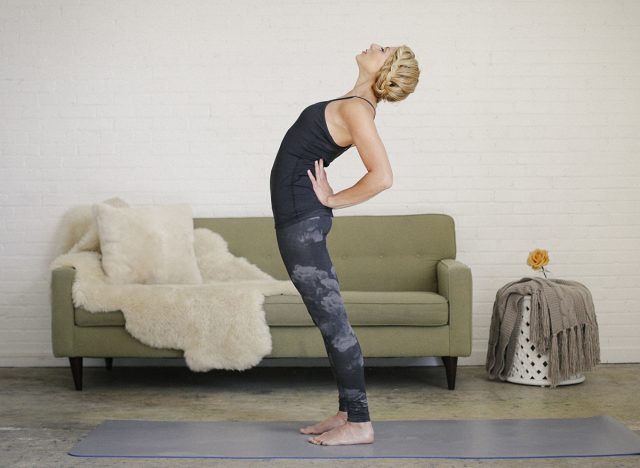
Another stretch inspired by yoga, standing cat-cow is ideal for your shoulders and hips. It targets similar muscles to the traditional cat cow, but repeating the motion in a standing position allows you to work out tense areas. Stand with your feet hip distance apart with your hands on your hips. Inhale, lift your chest, and let your lower back arch as is comfortable. Exhale, draw your stomach towards your spine, and let your whole back curve. Repeat this several times.
Related: 5 Ways to Stay in Shape and Achieve Your Dream Body
Chest Opener
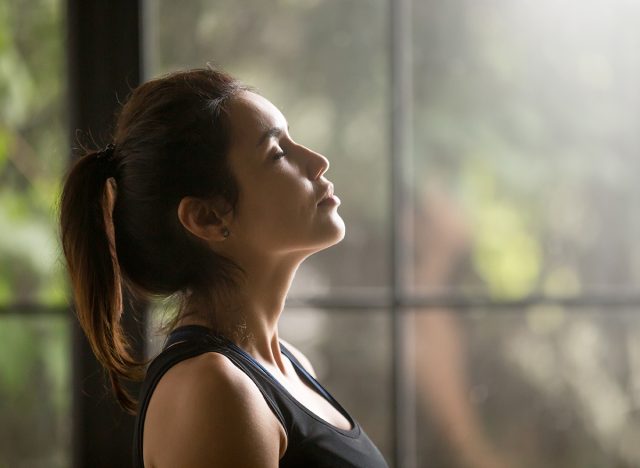
Standing tall with your feet hip width apart, clasp your hands behind your back. Try to keep your arms mostly straight, and raise your chin towards the ceiling, focusing on releasing tension in your upper back. Keep a focus on holding your core and not overextending your shoulders. Rather, squeeze you shoulder blades together and breathe deeply. This will help relax the ligaments and muscles across your chest.
Plank
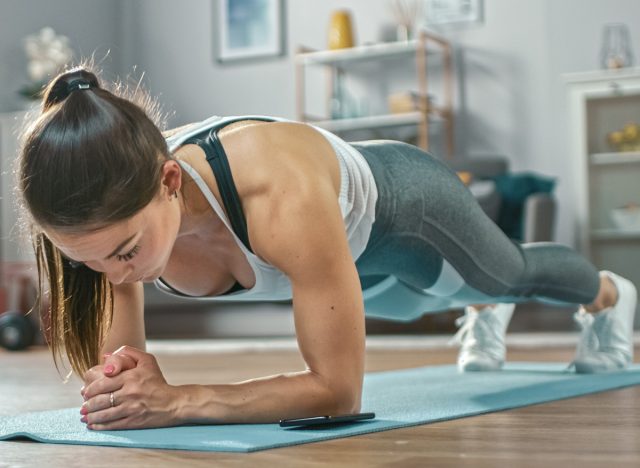
To wrap up your 5-minute stretch routine, do a plank for at least 30 seconds to engage your core and activate the muscles all across your body. The muscles you strengthen through the plank position guide your body into its proper alignment and will improve your posture throughout the day.
Related: Woman Lost 45 Pounds in 3 Months With These 5 Simple Hacks
Final Word From the Trainer
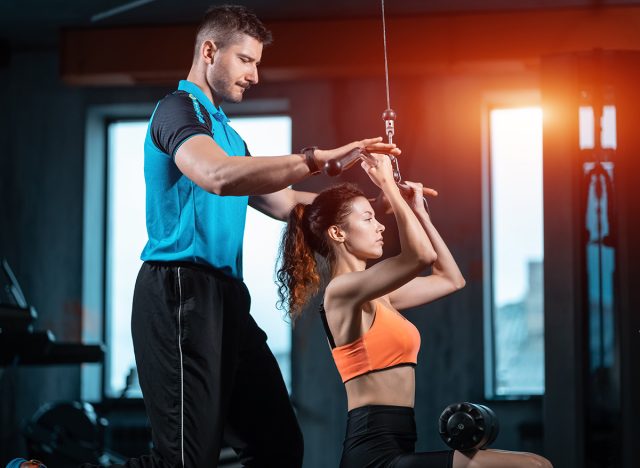
While committing to an intense workout regime might seem like an unrealistic commitment for some, this 5-minute routine goes to show that small actions, when done consistently, can drastically improve both your physical and mental health. There are 1,440 minutes in the day, and I challenge everyone to spare just 5 of those to invest in their personal wellbeing. If you're concerned about using proper form, I recommend working with a physical trainer for an assisted stretch session.
Josh York, Certified Personal Trainer; Founder & CEO of GYMGUYZ, the largest at-home and on-site personal training company serving 1,000 cities worldwide.




